Toyota Check Engine Light Stays On
If the check engine light (CEL) on a Toyota vehicle stays on, it typically indicates that there is an issue with the vehicle’s emissions system or engine. The CEL may stay on constantly, or it may blink or flash. When Toyota check engine light stays on, it means that the vehicle’s onboard computer has detected a problem with one or more of the vehicle’s systems. The problem could be something as simple as a loose gas cap or something more serious such as a malfunctioning sensor or a problem with the engine. In order to figure out what the issue is, a mechanic will need to use a diagnostic tool to read the vehicle’s diagnostic trouble codes (DTCs). These codes will provide information about the specific problem that the computer has detected. Please keep in mind, in some cases, Toyota check engine light may be a false alarm. In this case, the light will turn off on its own after a certain number of ignition cycles, or after the vehicle is driven a certain distance.
Toyota check engine, or service engine soon light, may come on due to something as simple as a loose gas cap. It can also indicate many other issues, including bad spark plugs, faulty oxygen sensors, dirty mass airflow sensors, and an early indication of a transmission problem. This guide will teach about common problems that trigger Toyota check engine lights and how to diagnose Toyota check engine lights yourself using a YOUCANIC scanner.
What does the Toyota check engine light mean?
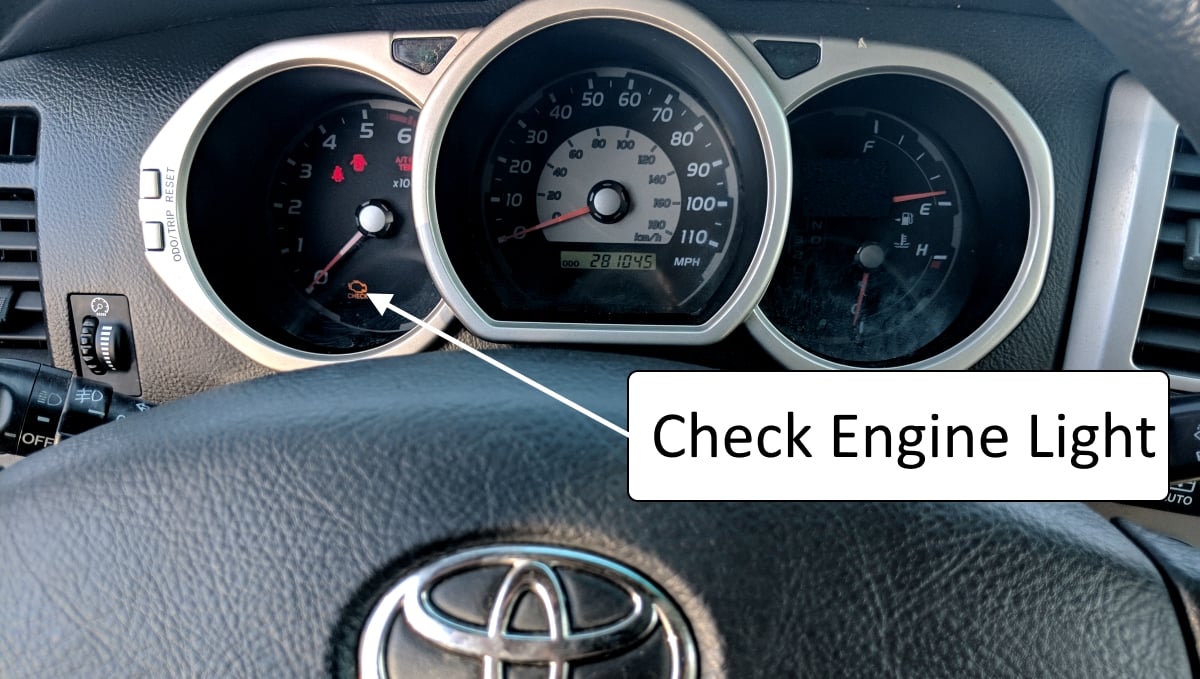
If the check engine light (CEL) on a Toyota vehicle remains on, it suggests that there is an issue with the car’s emissions system or engine. This could be caused by something as simple as a loose gas cap or something more serious like a malfunctioning sensor or a problem with the engine. To find out what the problem is, a mechanic will use a diagnostic tool to read the vehicle’s diagnostic trouble codes (DTCs) and identify the specific issue. Once the problem has been identified, the mechanic can then make the necessary repairs to fix the issue.
When you see the check engine light come on in a Toyota, it doesn’t mean you need to pull the car over to the side of the road and call a tow truck unless the check engine light is flashing. Get the vehicle checked out as soon as possible.
Symptoms
In addition to the check engine light, you may get other warnings such as VSC and Trac Off coming on.
Other common symptoms that you may notice include:
- Engine runs rough
- Traction Light or VSC Light comes on.
- Check Engine Light flashes when accelerating.
- Engine misfires or shakes
- Lack of power
Poor throttle response
If you are experiencing any of the described symptoms, your engine is not running as it should. To find out what is wrong with your Toyota, read the fault codes with a YOUCANIC scanner. See the step-by-step instructions and video in the next sections.
How to Diagnose Toyota Check Engine Light
Use a YOUCANIC scanner to read the fault codes via the diagnostic port located under the dashboard.
- Locate the OBD2 port under the dashboard.

- Plugin your OBD2 scanner. Turn on the ignition but do not start the engine.

- Please turn on the scanner and let it communicate with the car—Select Read Codes from the main menu.
- Press enter, and fault codes will display on the screen. Scroll to see all the codes. Make sure to check the Current, Pending, and Permanent codes.
Write down all the codes and research all codes online.
Don’t start replacing parts on your Toyota based on the fault code only.
Consult a mechanic for advice if necessary.
Common Problems That Trigger the Check Engine Light on a Toyota
Toyota’s check engine light can come on for many reasons.
Let’s take a look at common problems that trigger the check engine light on a Toyota.
1. Bad Spark Plugs or Ignition Coil
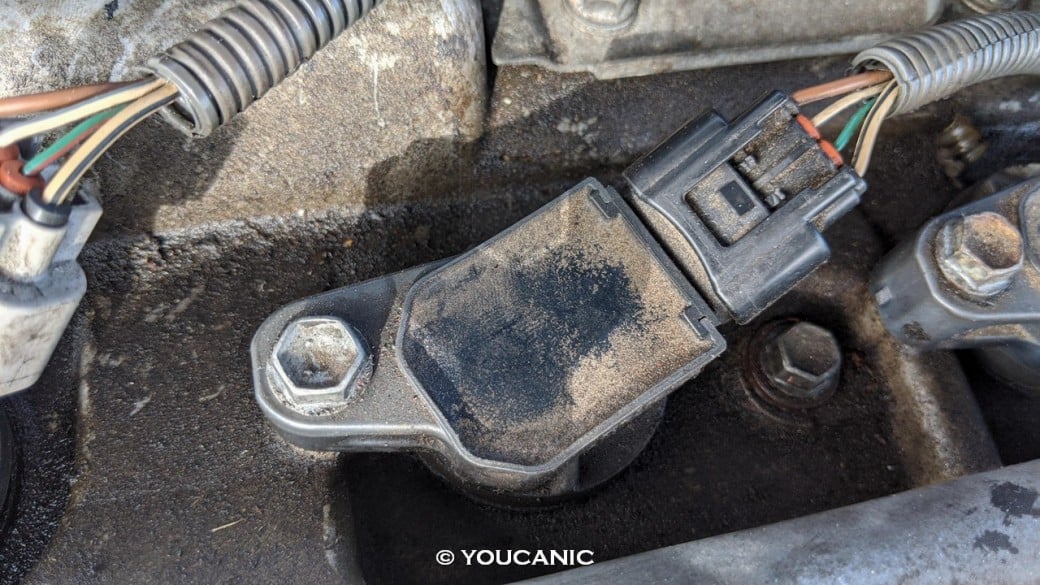
Toyota vehicles require spark plugs to be changed between 90,000 and 120,000 miles.
If you don’t change your Toyota spark plugs at this interval, they will eventually fail and cause the check engine light to come on. Also, you will most likely get an engine misfire where the engine starts to shake.
2. Mass Air Flow Sensor
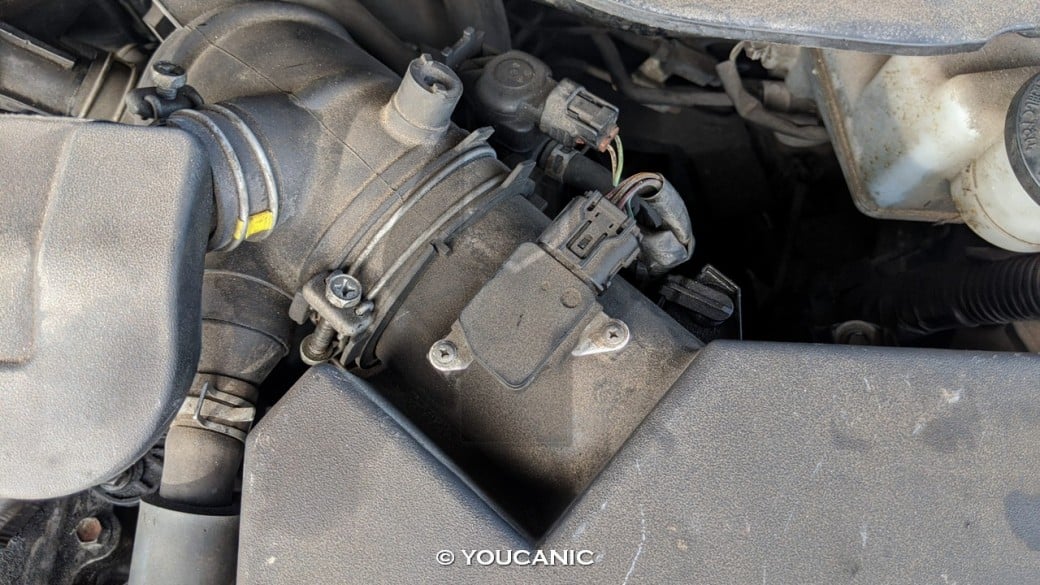
Your engine is likely running lean if you are experiencing rough idle, lack of power, or hesitation on accelerations. Most Toyota engines have mass airflow sensors. This adds some complexity, and a possible vacuum leak throws off readings from the MAF.
Another usual problem is a false reading from a dirty MAF sensor. Don’t use anything else than MAF cleaner fluid for cleaning. Code: P0171.
3. Loose Fuel Cap
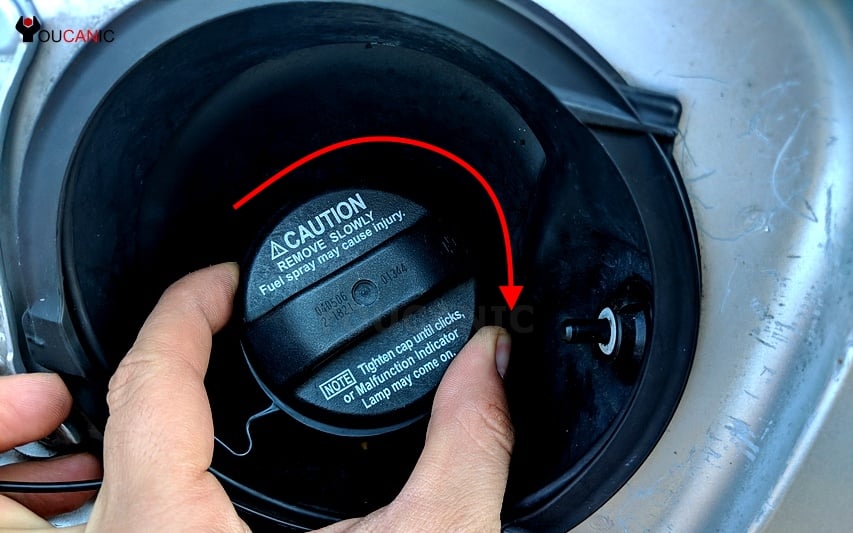
Check engine light on Toyota Camry, Corolla, Sienna, 4Runner, Highlander, Matrix, Avalon, Rav4, etc., may come on if you don’t tighten the gas cap. Find a safe place to pull over. Check that you have installed the gas cap. If the gas cap is installed, tighten it. The check engine light will not turn off immediately. It can take up to three days for it to reset on its own.
4. Timing Chain
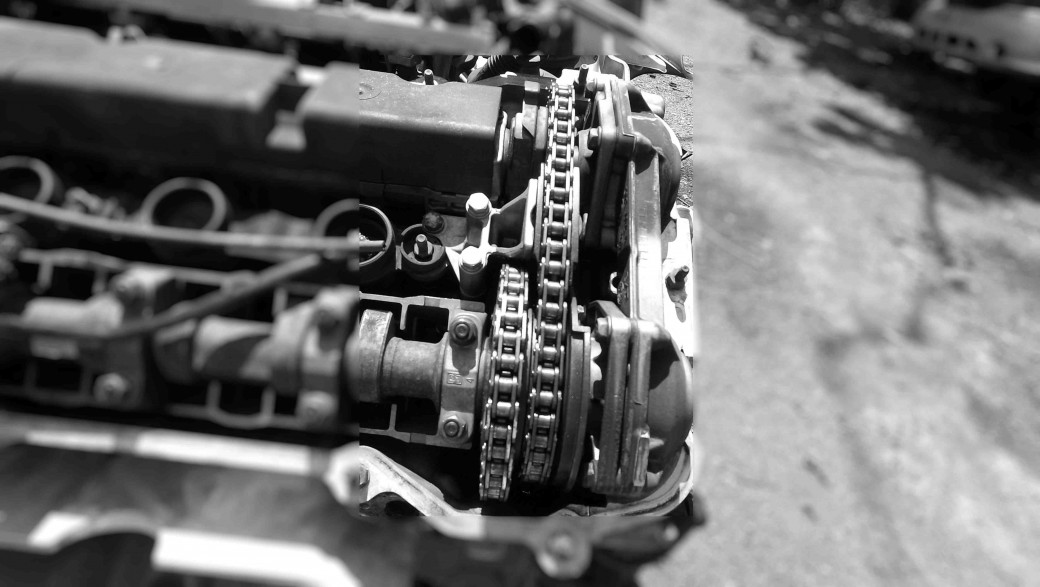
Check engine light on Toyota Camry, 4Runer, and Highlander with V6 engines may be on due to a stretched timing chain. Although designed as a life-long item, they can overstretch, or tensioner failures are possible. This can cause timing-related issues and corresponding engine error codes. Typically not an issue unless your Toyota has over 200,000 miles and the timing chain has never been replaced.
Most Toyota engines have variable valve timing (VVT). The aforementioned oil sludging and poor maintenance, in general, usually hurt it. In most cases, a VVT filter screen gets clogged by a sludged oil. Another possibility is a faulty solenoid. Codes: P0012 and P0014.
5. Oxygen Sensor
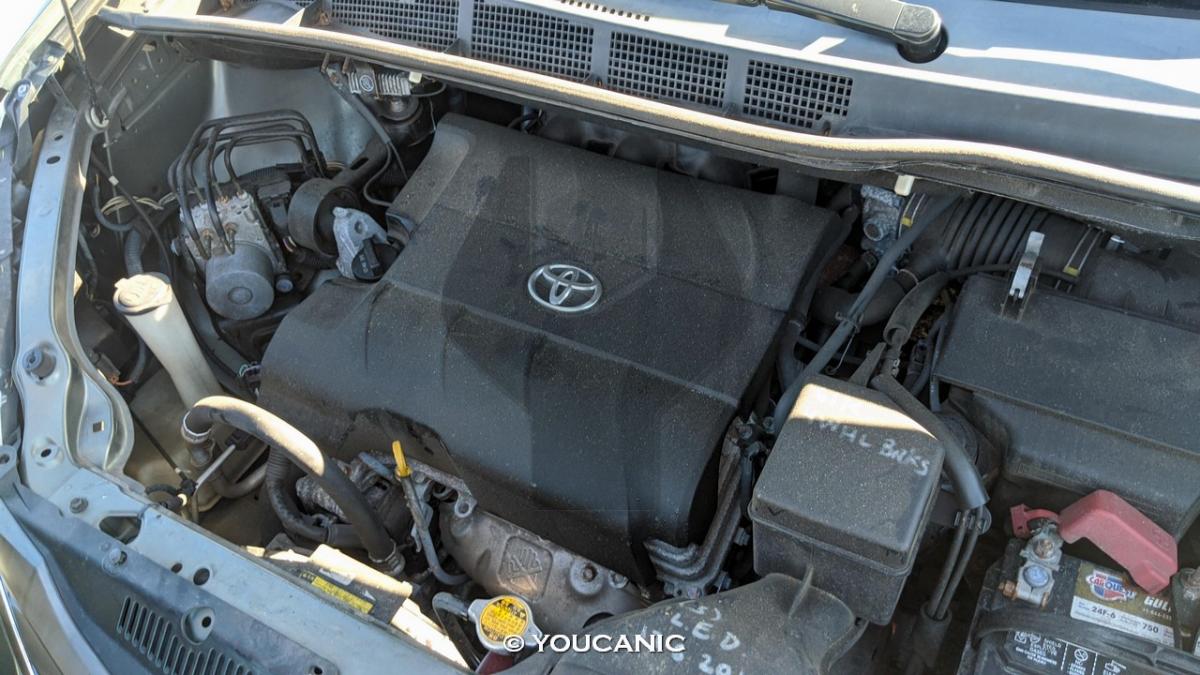
You are likely to encounter a check engine light caused by emission control-related problems if you drive a higher-mileage Toyota. Although this will be signaled as a catalytic converter with low efficiency, you easily have a faulty downstream o2 sensor. Make sure to rule this out before changing to a much more expensive catalytic converter. Codes: P0420 to P0431.
6. Engine Sludge
Many Toyotas made in the 2000s are affected by oil sludging caused by a blocked crankcase ventilation valve (aka PCV valve). This can cause various problems ranging from high oil consumption, rough idle or a check engine light, and even a complete engine failure at highway speeds. A telltale sign is a cloud of blue smoke on startup or acceleration. You could also get emission control-related codes, such as P0420.
7. Idle Air Control System
If you have an older Toyota with a cable-operated throttle, you might have problems with the Idle air control system. In most cases, the idle air control valve gets dirty or blocked by carbon build-up. This can be solved by detail cleaning with carb cleaner. It is also possible for a throttle position sensor to fail. Symptoms include rough idle and hesitation when accelerating from idle. Code P0505
8. Vehicle speed sensor failure
Although generally very reliable, Toyota is well known for vehicle speed sensor failure. This will trigger a check engine light, combined with ABS/TC/Cruise lights. But the speedometer that doesn’t work is a definite sign of a vehicle speed sensor problem.
The sensor is located at the gearbox output side. Make sure you check the wiring and connector for damage. You will usually get the code P0500.
9. Crankshaft position sensor
If you are experiencing a sporadic crank without a start situation, or your Toyota cuts out without any apparent reason, you might have a bad crankshaft position sensor. Before replacing the sensor, carefully examine the wiring, as it can suffer heat damage—code P0335.
Toyota Check Engine is Flashing
If the check engine light (CEL) on a Toyota vehicle is flashing, it typically indicates a severe problem with the vehicle’s engine or emissions system. The flashing light is a warning that the vehicle should not be driven and should be serviced immediately.
The flashing CEL indicates that the engine is misfiring, which can cause damage to the catalytic converter, an important component in the vehicle’s emissions system. A misfire can be caused by a variety of issues, including a problem with the ignition system, a clogged fuel injector, a low fuel pressure, a vacuum leak, or a faulty sensor.
Other potential causes of a flashing CEL can include a problem with the catalytic converter itself, a malfunctioning oxygen sensor, a problem with the mass air flow sensor, or a problem with the engine control module (ECM).
It is important to keep in mind that a flashing CEL can indicate a serious problem, and it is essential to have the vehicle inspected and repaired by a certified mechanic as soon as possible. Continuing to drive the vehicle with a flashing CEL can cause further damage to the engine or emissions system and may also result in increased emissions.
What do VSC and Check Engine Lights mean on a Toyota?

A common issue with many Toyota vehicles is that the VSC OFF light may also come on in addition to the check engine light. VSC means Vehicle Stability Control. Also, traction control or Trac Off light may come on as well.
If that is the case, it doesn’t necessarily mean a problem with your Toyota traction control system. It simply means the system is disabled and will not work until the check engine light problem is fixed.
The downside of having VSC Off or Trac Off is that your vehicle may skid under extreme driving conditions. A loose gas cap can trigger Toyota VSC Off & Check Engine Lights. One way to know for sure is to read the codes with a YOUCANIC scanner.
Trac Off and Check Engine Light on Toyota

It is common for the traction control light to come on when the check engine light on your Toyota comes on. The traction control gets disabled, but that doesn’t mean a problem with the Trac system. Just fix the check engine light problem, and your Trac Off light will also reset.
What to do if the Toyota check engine light comes on?
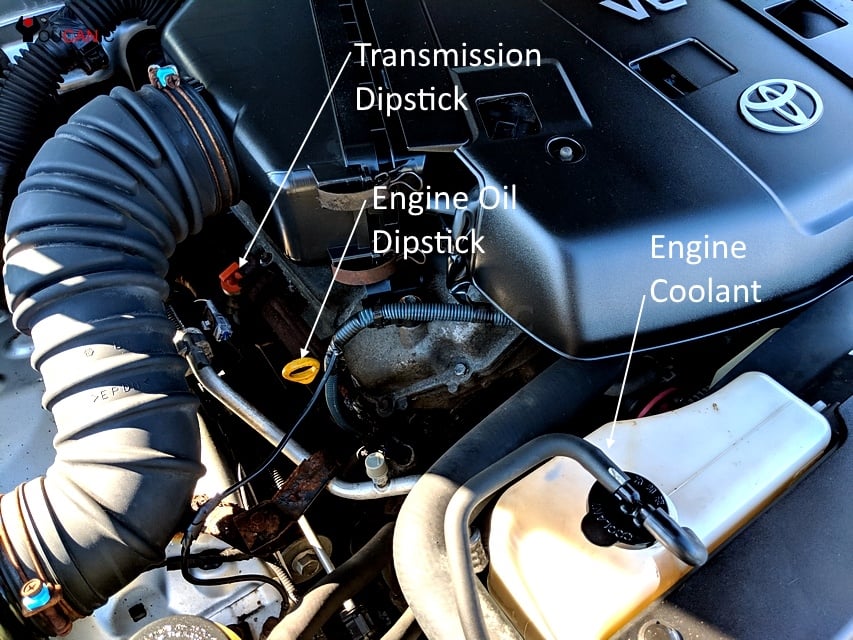
Toyota check engine light may come on for many reasons. Check that the gas cap is on and tight. Find a safe place to park. Turn off the engine and set the parking brakes. Open the fuel door and ensure the gas cap is on tight.
Turn the gas cap clockwise until you hear it click several times. Your check engine light will reset within two to three days. A YOUCANIC scanner can reset the Toyota check engine light as long as there are no other issues present.
If the light doesn’t reset within a few days, the next step would be to read the fault codes with an OBD-II scanner. You may continue your journey if you don’t notice any performance issues and the check engine light is not flashing.
The Toyota check engine light may come on with no other symptoms. The problem most likely is emissions-related. Keep in mind that the vehicle may have increased emissions and fuel consumption. Don’t ignore your Toyota check engine light even if there are no apparent performance issues.
Frequently Asked Questions
What is the best scan tool I can use to diagnose my Toyota?
The YOUCANIC Full System Scanner can read and clear fault codes through every Toyota control module.
Can I reset the Toyota check engine light by disconnecting the battery?
It is possible to reset the check engine light (CEL) by disconnecting the battery, but it may not always fix the underlying problem that caused the light to come on in the first place.
When you disconnect the battery, the vehicle’s onboard computer will lose power and all the stored trouble codes and data will be cleared. This can make the CEL turn off temporarily, but it will come back on if the problem that caused it in the first place has not been fixed. Additionally, disconnecting the battery could also cause other systems such as radio, clock, steering wheel adjustments, etc to lose their settings.
It is important to understand that the check engine light is a warning indicator that something is wrong with your vehicle. The light is triggered when the onboard computer detects a problem with the engine or emissions system. Disconnecting the battery will only turn off the light, but it will not fix the problem. The best way to solve the problem is to have the vehicle inspected by a certified mechanic who can use diagnostic tools to read the vehicle’s diagnostic trouble codes (DTCs) and determine the cause of the problem.
Is it normal for the Toyota check engine light to come on after an oil change?
An oil change is a routine maintenance that is done on a regular basis and should not trigger the check engine light to come on. However, if the oil change was done by someone who is not experienced or who did not follow proper procedures, it is possible that they may have caused damage to the engine or other components. For example, if the oil filter is not properly installed, or the oil level is not correct, it can cause the check engine light to come on.



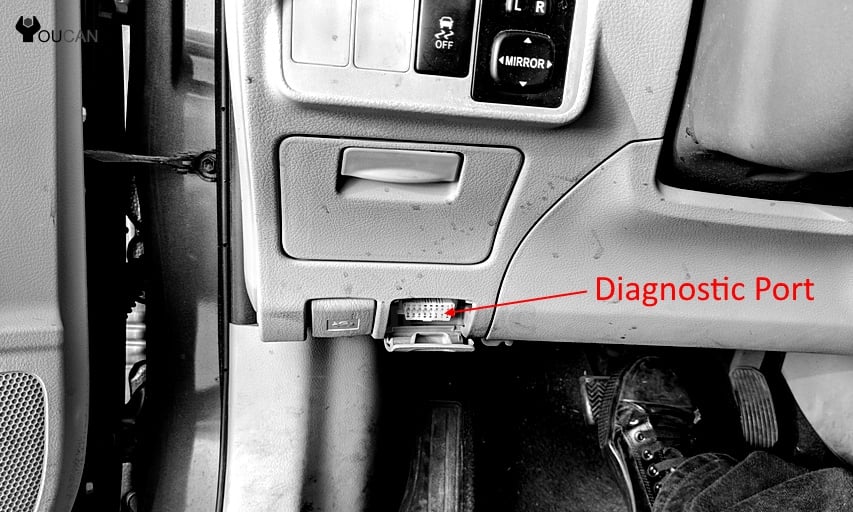
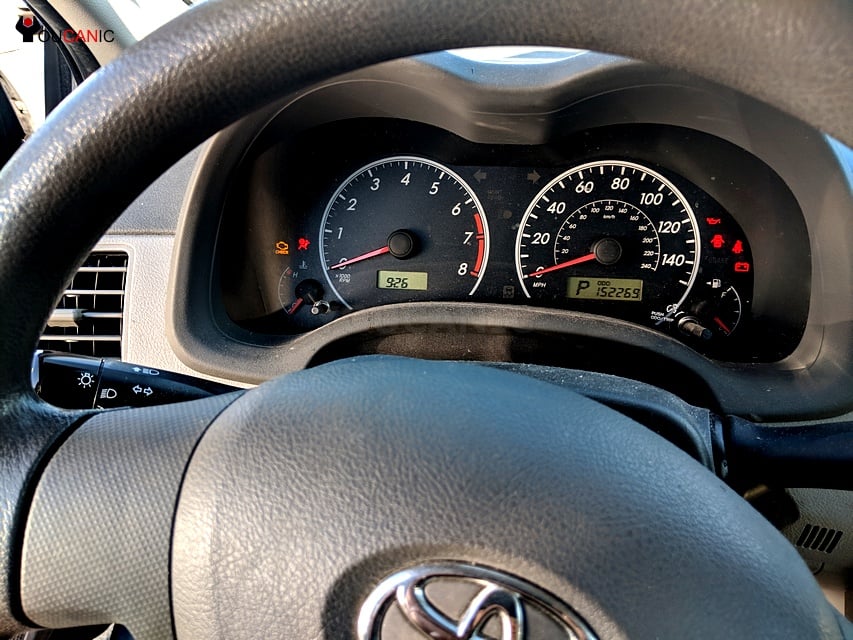
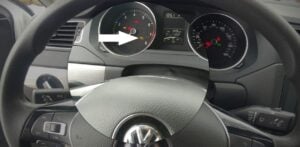


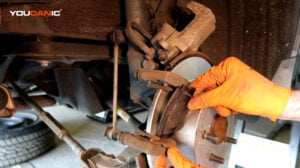

On Interstate traveling at 70 mph, and the motor suddenly revs up like the car slipped into neutral. Pulled over safely with motor still running at idle. Put foot on brake and shifted the car into park and back out into gear. No movement; only a motor revving up. Back to idle when I released the gas. 2015 Toyota Camry with 200K and regular maintenance. Four months ago, had dealer replace both RH and LH drive shafts.
Very informative! Thank you for explaining everything in lay terms. The pictures were extremely helpful!!